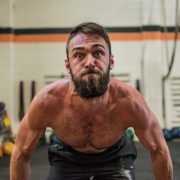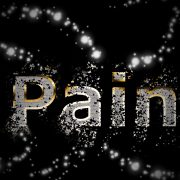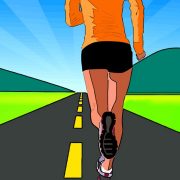The good, the bad and the not good at all – a review of Greg Lehman’s presentation
It truly is a love/hate relationship for me when it comes to Greg Lehman. On one hand, I have the utmost respect for the man. He is extremely well educated. Greg happens to be a chiropractor, a physiotherapist and a researcher. He also happens to be funny as shit, charismatic and you can tell quite quickly that he is coming from a good place.
On the other hand, I believe, he can be caught saying things that make you go hmmm, to say the very least.
He was recently speaking at a conference and a few of the points he made had me fall off my chair. Thank God I am resilient…
Greg states that we can move weird and have no pain. We can adapt. Most evidence-based practitioners stand for this notion quite a bit. We can adapt. We do adapt and it’s why we, as a species, are still here.
That being said, adaptations are not without cost. That’s precisely what it means to adapt. What about if we could reduce the need for adaptation? If it were true that species have had to adapt to survive, would we not spend more time thriving if we were less focused on surviving? Then again, “thriving” is not a term I hear of a lot when reading material from evidence-based practitioners.
Greg speaks quite a bit about gait and running efficiency. As it is often the case with evidence-based practitioners, there are many ways of doing any one thing. We can apparently retrain gait, even if modern neurosciences tell us that there are components to gait that are below the level of consciousness. As a matter of fact, cerebellar inputs are involved in gait by influencing the locomotor centers in the spinal cord. So how would Greg go about optimizing cerebellar afferents? I actually have no idea.
Greg speaks of changing foot strike, landing softer… It seems to be that you want to lead the subject in the direction where he has less or no pain. It doesn’t seem to matter where this pain actually comes from. The idea is to reduce it. So we might shoot left, we might shoot right. All of this sounds very comforting to me…
Greg loves the fact that the body can adapt. I believe we have covered that already. What we have not covered is the fact that he does not seem to understand how it can be that, one day, with no seemingly logical explanation, pain happens to occur. He states that it’s hard to comprehend that after running for ten years, for instance, there can be pain. Could it be, just maybe, that adaptations are not limitless?
Greg is quite surprised that a reduction in load of 10% can alter pain. He figures that 10% is not a big deal. That is quite frankly what happens when we consider that the body reacts exclusively to macro-type variables. He might not be aware of Baron’s experiments. Baron (ophthalmologist) was the first scientific to demonstrate experimentally that massive postural reactions took place following tiny modifications of perception. He is most known for his work on fish where, when he would section just one or two fibers of an oculomotor muscle, tonic postural asymmetries would occur. These would not typically take place when many fibers of the same muscles were compromised. It is when ocular deviations in the order of 1 to 4 degrees were performed that static and dynamic alterations were most apparent. It’s been obvious to posturologists for decades now that both the feet and the stomatognathic system respond in very much the same manner.










Leave a Reply